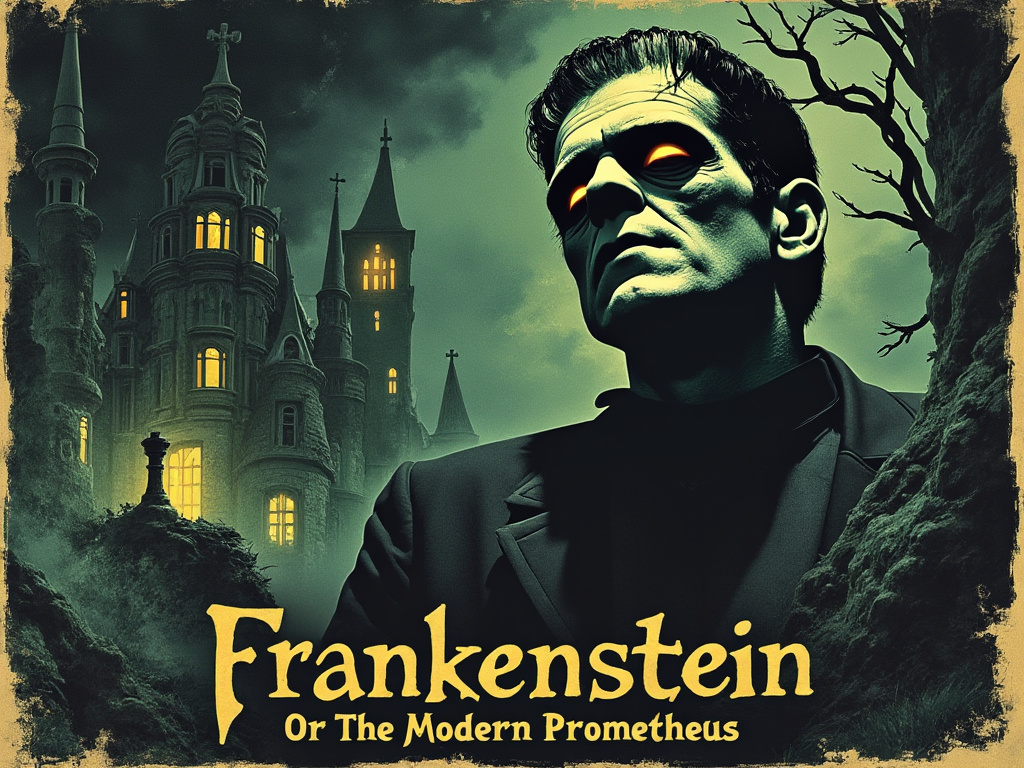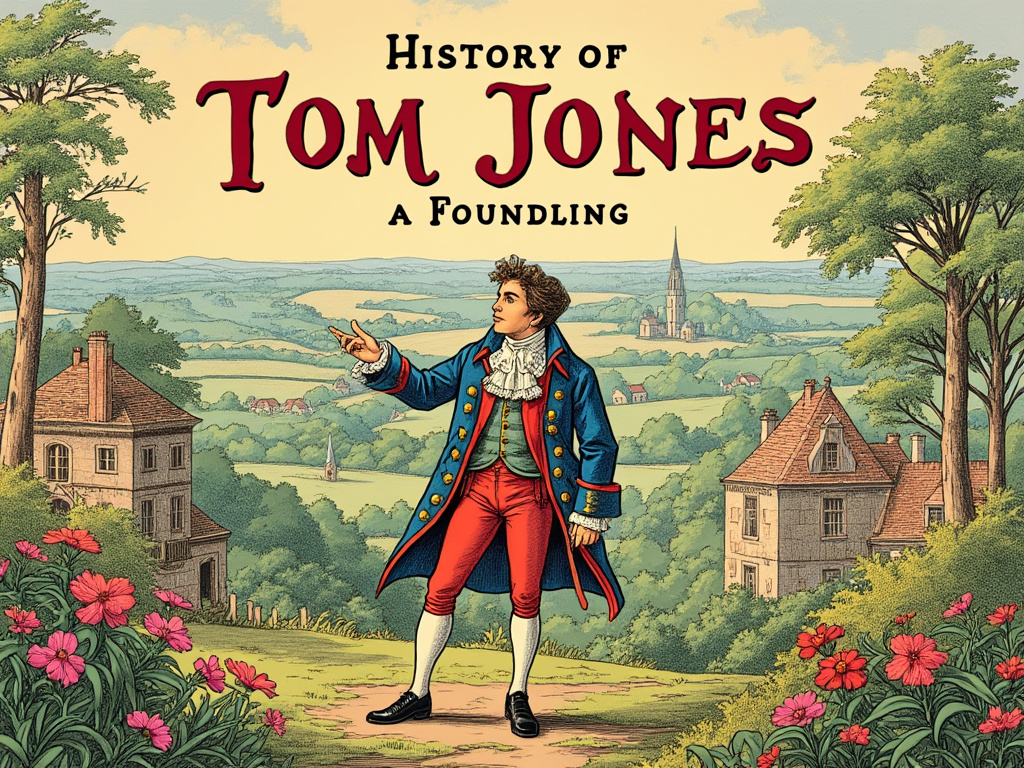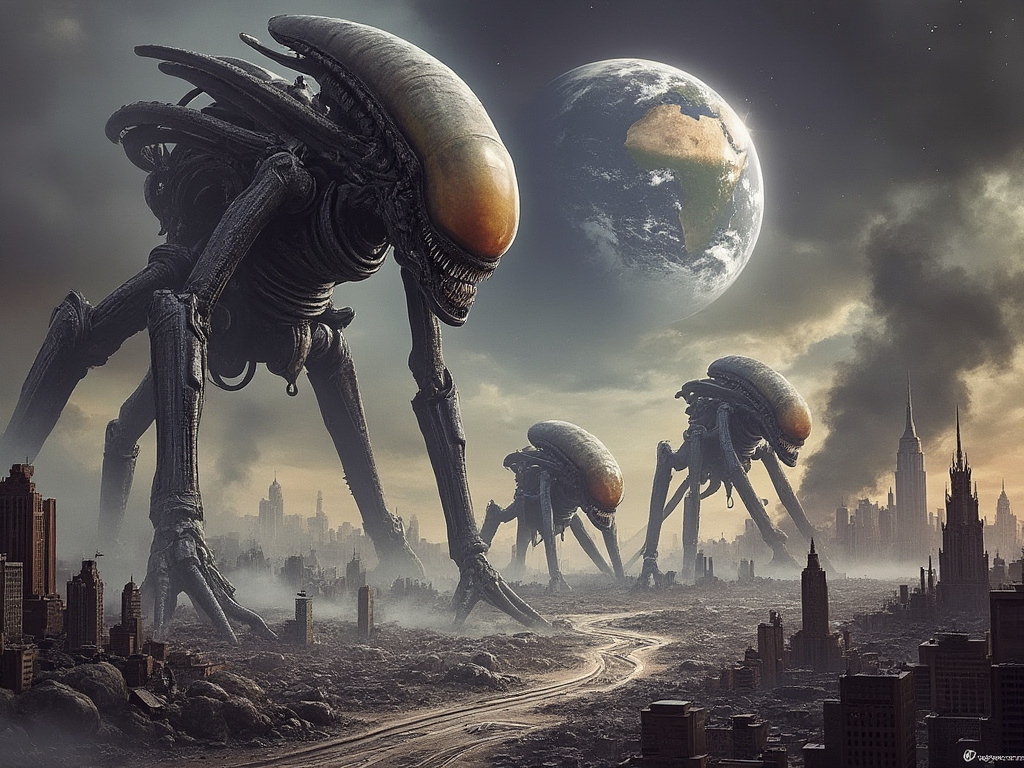Exploring the Origins of a Timeless Classic
“Frankenstein Or The Modern Prometheus” by Mary Wollstonecraft Shelley is a cornerstone of Gothic literature. Published anonymously in 1818 and revised in 1831, this novel explores the ambitions and consequences of defying nature. The story follows Victor Frankenstein, a young scientist who is driven by an insatiable thirst for knowledge. Obsessed with conquering death, he creates life using the remains of deceased bodies. However, instead of achieving glory, Victor’s experiment produces a grotesque creature that horrifies him. This tale of creation gone awry delves into the ethical boundaries of scientific exploration, making it more than just a horror story.

The Duality of Victor and Prometheus
Victor Frankenstein’s quest mirrors that of the mythological Prometheus, who defied the gods to bring fire to humanity. Both figures suffer dire consequences for overstepping their bounds. Shelley‘s narrative raises questions about the responsibilities that come with pushing the limits of knowledge. Should scientists be accountable for the consequences of their discoveries? Shelley’s novel forces readers to contemplate these moral dilemmas, which remain relevant today. As advancements in biotechnology and artificial intelligence accelerate, the themes in “Frankenstein” serve as a cautionary tale about the risks of unrestrained ambition.
A Misunderstood and Complex Character
The creature in “Frankenstein,” often mistakenly called Frankenstein himself, is a compelling figure in literature. Far from being a simple monster, the creature is portrayed as intelligent and sensitive, yearning for companionship and acceptance. His rejection by society and even his creator leads to a tragic spiral of revenge. The creature’s plea for a mate, denied by Victor, underscores themes of isolation and the need for empathy. Shelley’s portrayal of the creature highlights the consequences of abandoning one’s creation, both metaphorically and literally, showcasing the deep human need for connection.
A More Introspective Victor
The revised 1831 edition of “Frankenstein” adds a layer of psychological complexity to Victor’s character. Shelley’s new preface and changes highlight Victor’s internal struggles and guilt for creating the creature. This version delves into the torment he faces due to his unchecked ambition. Victor’s conflicting desires—for greatness and fear of its repercussions—reflect the complexity of human nature. By focusing on Victor’s inner turmoil, Shelley transforms the novel into more than a horror tale, offering profound insights into the consequences of relentless ambition and the human condition.
Why ‘Frankenstein’ Endures
The novel’s Gothic elements contribute to its lasting impact. Shelley masterfully uses dark, foreboding landscapes to mirror the characters’ inner conflicts. The atmospheric settings—remote mountains, stormy skies, and desolate regions—heighten the story’s emotional tension. Shelley’s use of nature as a reflection of inner turmoil is a hallmark of Romantic literature. This combination of setting, character depth, and philosophical questions ensures that “Frankenstein Or The Modern Prometheus” remains a timeless exploration of creation, responsibility, and the ethical boundaries of scientific discovery. These themes are as relevant now as they were in the 19th century.
More Book Reviews on NFTBOOKS platform is HERE.
You might be interested in reading this Dracula by Bram Stoker as well.







